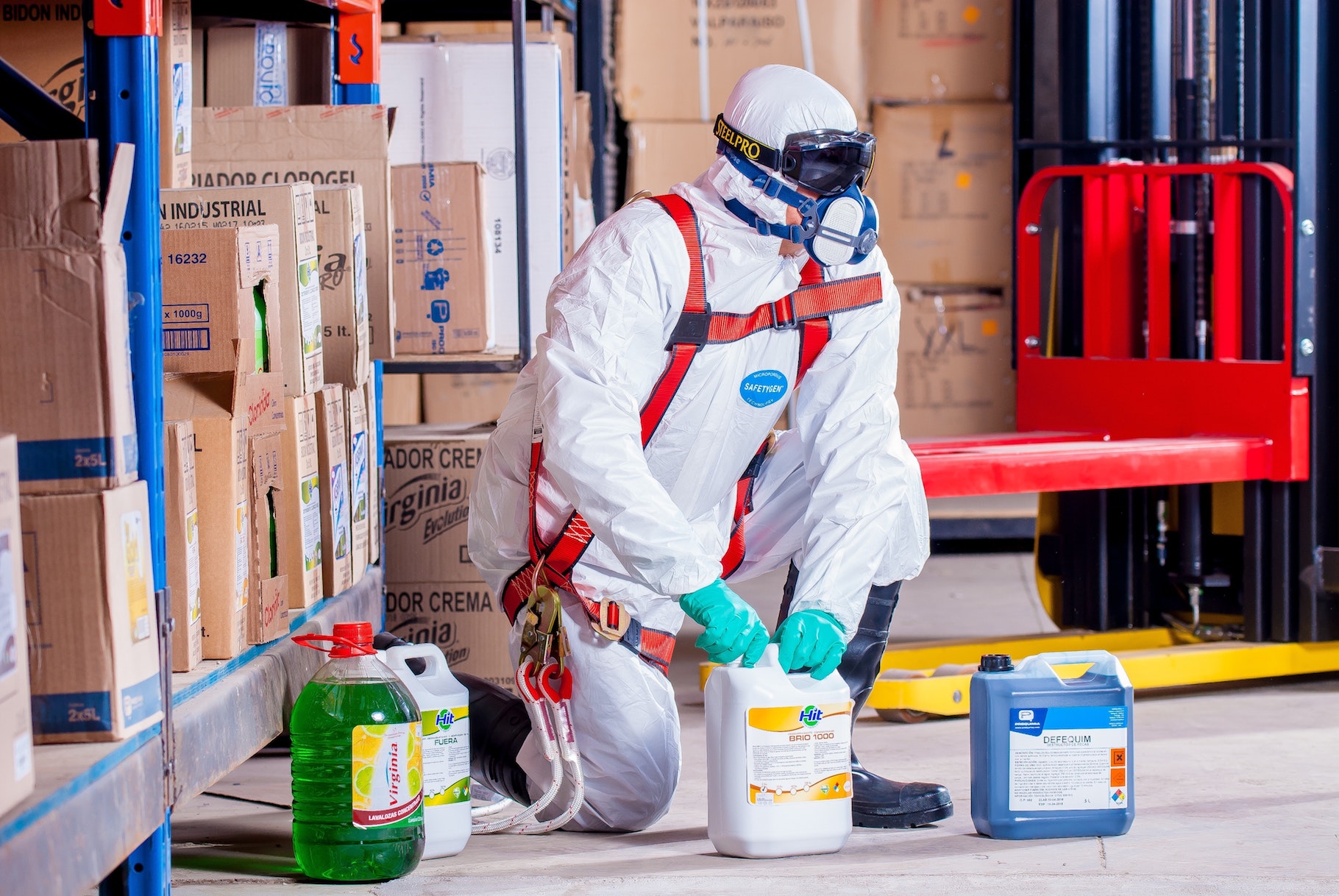Toxic workplace? This is how biocides affect you

Did you know that biocides used to kill microorganisms in process fluids can be harmful, not only to those who handle them, but also to everyone who spends time in the workshop? In this blog post, we investigate the workplace problems that toxic chemicals and biocides can cause – and what you can do to raise the issue at work.
Biocides – a long-term work environment problem
Chemicals in the workplace do not always cause direct and immediate injury, but in the case of prolonged exposure, the risk of disease increase. It may take several years before allergies or respiratory problems develop. Serious diseases like cancer usually develop during a long time and it may take 20 years or more before any problems occur. Now there is also evidence that chemicals increase the risk of cardiovascular disease and stroke.
Biocides are a type of chemicals that have been developed to have biological effects on, for example, bacteria in process fluids. They are usually already included in the concentrate, but can sometimes be used as a tank side treatment to kill microorganisms from a bacterial outbreak. The problem is that the biocides also affect the body's own cells as we inhale the air containing the substances, or by direct skin contact.
Some biocides are also used in consumer products such as detergents, paints and shampoos. So if you develop an allergy at work, it is likely that it will affect your sensitiveness against chemicals in everyday life as well.
Unfortunately, it is difficult to connect illness to a work environment situation that has been going on for many years. Often measures are not taken until a person gets so sick he or she needs to leave work.
Symptoms that develops over time
Since it often takes a long time before symptoms appear, it is difficult to pay attention to this kind of health risk. Acute accidents are generally given high priority, but when it comes to problems like chemical exposure, action plans are less common.
The symptoms may be diffuse, which can make it difficult to connect them to the chemical exposure at work. For example, many people walk around with a constantly runny nose without knowing why. When they leave for a vacation, it disappears and when they come back to work, the problem returns. Only a few years later, they realize that it is one of the known allergenic biocides that caused the issue.
How do you reduce the risks?
Of course, the best thing to prevent damage is to avoid using biocides completely. Today, there are alternative technologies that can be used to prevent bacteria, for example harmless UV light systems that destroy the bacteria's DNA so that they cannot reproduce.
Companies still using biocides will have to make sure that the chemicals are handled correctly and safely. The biocides should be stored in a locked cabinet and the person handling them should wear appropriate personal protective equipment. It is also important to calculate and measure the correct chemical amounts. Much of the dangers are caused by risk of overdosing – which can cause problems for all employees in production. The most vulnerable are the operators who work near the machines and are exposed to the highest concentrations.
You are able to influence your workplace
Do you find yourself in a workplace using biocides and worry about how it affects your health? Discuss the issue among your colleagues or talk to your health & safety officer. The important thing is to raise the question about which chemicals are being handled, what the risks are and what alternatives can be used instead. You might even have several colleagues with breathing difficulties, without knowing the cause. You might also share the same concerns about how the chemicals can affect your health later in life.
The biocides used in process fluids have been significantly reduced in recent years, but there are still substances with known health risks left. Find out if any of these are used and if they can be replaced.
Many people avoid to address these kind of concerns with their employers and therefore it may be beneficial to talk to others. If you have any thoughts about the chemicals you are exposed to in the workplace, we recommend that you start by talking about it with others. Alternative technologies are available!


Comment